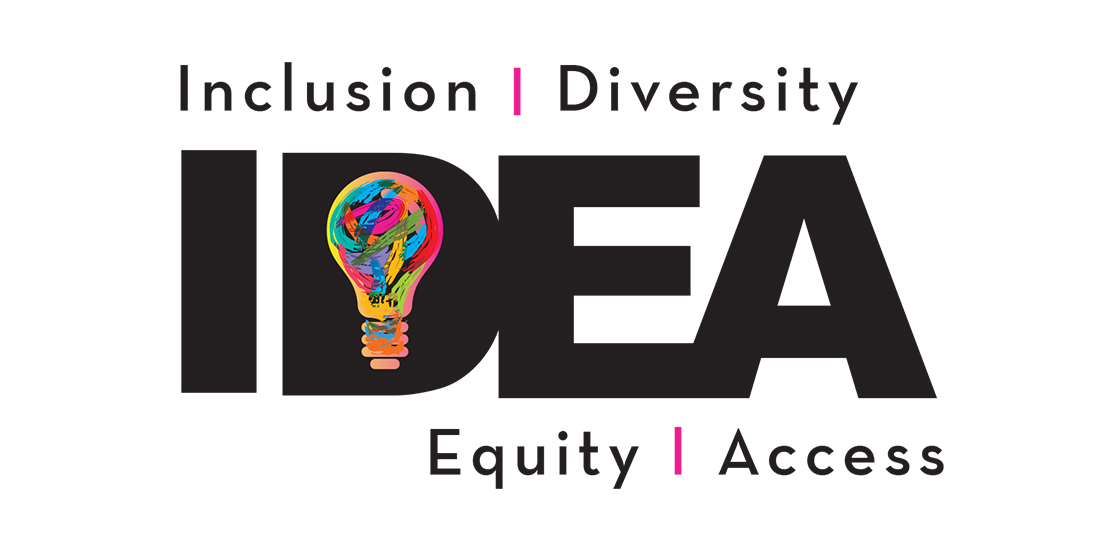Making our differences approachable

Within our country’s unsettled climate these days, the Committee on Inclusion, Diversity, Equity and Access at Texas A&M College of Dentistry is making the subject of our differences approachable.
“It’s nice to see the conversation there,” says D2 Richard Rodriguez, a student member of the committee, who attended an Aug. 30 Diversity and Inclusion Speakers’ Series on institutionalized racism. “We need to be creating environments where we can have that conversation in a productive manner. I love that the committee is doing that, and that we are talking about our differences in a professional setting, especially as health care providers.”
Students, faculty, staff, patients and visitors to campus have likely caught site of banners and signage spotlighting the dental school’s commitment to inclusion. It’s not just poster pretty; there’s depth to the dialogue.
“Consideration for diversity and inclusion is not new to the College of Dentistry,” says Dr. Lavern Holyfield ’77, director of diversity and faculty development, who oversees the IDEA committee at the college and the Diversity Leadership Committee at Texas A&M University Health Science Center. “Our recruitment efforts have yielded one of the most diverse student bodies in the country, according to the American Dental Education Association; and we have, for years, worked on helping to make our environment more culturally competent through training our students. The diversity and inclusion plan, developed by the IDEA Committee, enhances those efforts by assuring intentionality in involving all the stakeholders in making the college a more culturally sensitive and welcoming environment.”
Approval to move forward with the IDEA initiative occurred in March 2017, but work started months before then. In addition to a diversity and inclusion speaker series, IDEA launched a 2018 climate survey, which has shed light on key issues for college students and employees. The committee sought input from department heads on hiring practices throughout the college to help maintain a diverse employee base. Since March 2018, more than 400 employees have received two-hour training in diversity and team-building. The committee also is building an advisory council comprising Dallas leaders in the organized dentistry, legal, health insurance, health care and religious sectors.
“It’s nice to see the conversation there. I love that the committee is doing that, and that we are talking about our differences in a professional setting, especially as health care providers.”
— Richard Rodriguez, D2
When committee members aren’t planning for the speakers’ series, they’re looking for ways to partner with student organizations to support inclusion initiatives. Recently, they partnered with one student group during its cultural heritage month celebration to sponsor a visit by Dr. Elba Garcia ’90, a Dallas County commissioner. Another program Holyfield says they look forward to helping with over the next year: Culture Fest, a student-led event that premiered in April 2018 featuring food, clothing and music from around the globe.
Paris Webb, D2, says she enjoys the opportunity IDEA presents simply through exposure to others’ ideas and concerns.
“What I love about Texas A&M College of Dentistry is that we pride ourselves on being a very inclusive and diverse institution. It’s only right that this kind of program be in place so that we can, in return, go out and practice in the communities where we may not speak the language or look the same but, based on our knowledge and experiences learned here, can relate and transcend those cultural borders,” Webb says.
Dr. Kathy Svoboda, Regents Professor in biomedical sciences and oral biology graduate program director, joined the IDEA committee in early 2017 and describes the role as a learning experience in and of itself.
“Just being on the committee has been an education for me, especially with how to appropriately deal with different situations,” Svoboda says. “We all have different backgrounds, and what is important is how you deal with your own baggage and learn how to neutralize it. Each person has to determine what they can change in their immediate environment.”